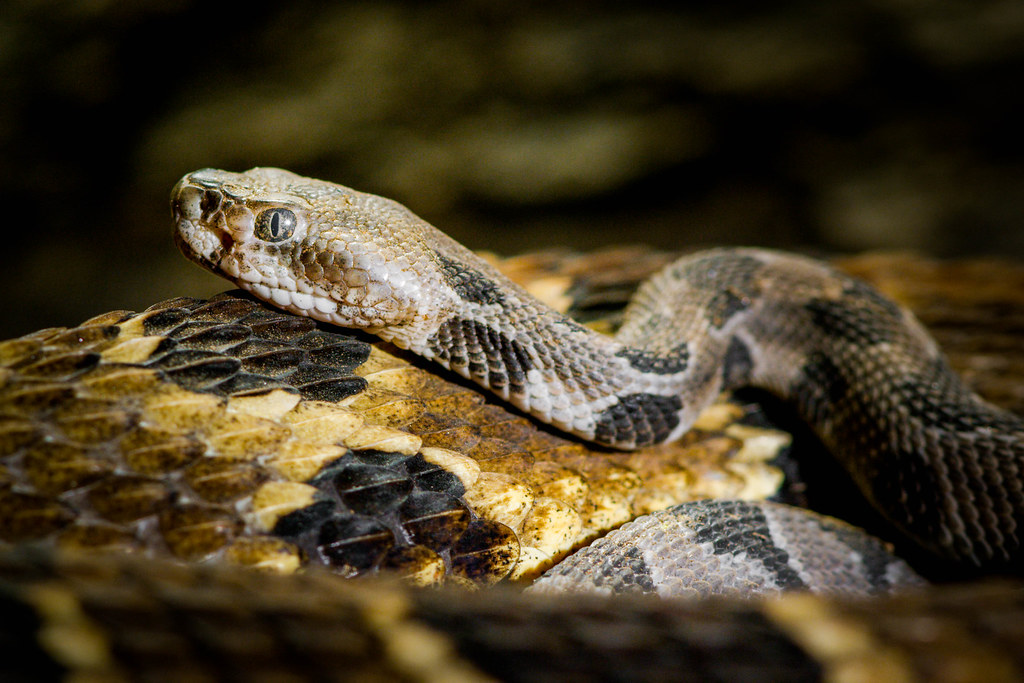In the diverse world of reptilian behavior, few adaptations are as ingenious yet simple as the thermoregulation strategies employed by many snake species. Among these fascinating behaviors is the practice of coiling around sun-warmed rocks, a survival technique utilized by numerous snake species across different habitats worldwide. This behavior represents a perfect example of how these cold-blooded creatures have evolved to harness their environment for biological necessity. By understanding how and why snakes engage in this rock-coiling behavior, we gain valuable insights into reptilian physiology, behavioral ecology, and the remarkable adaptations that have allowed these animals to thrive in varied climates for millions of years.
The Thermoregulation Challenge for Reptiles
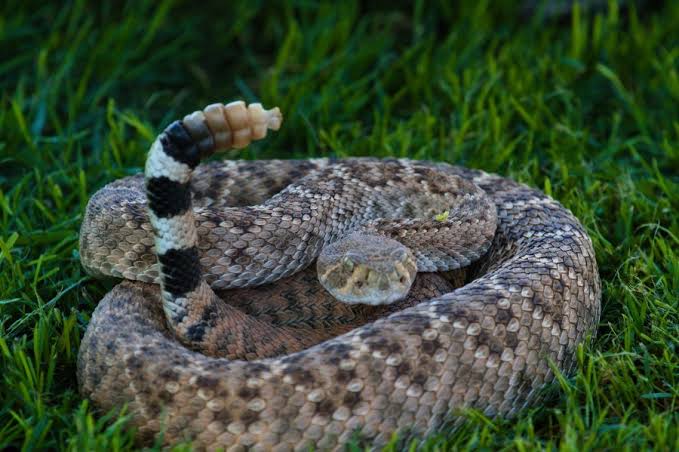
Unlike mammals and birds that can generate their body heat internally, snakes are ectothermic (cold-blooded) creatures that rely entirely on external sources to regulate their body temperature. This fundamental physiological constraint shapes virtually every aspect of a snake’s behavior and lifestyle. Without the ability to produce metabolic heat efficiently, snakes must employ behavioral strategies to maintain optimal body temperatures needed for digestion, movement, immune function, and other vital processes. The challenge becomes particularly acute in cooler environments or during nighttime hours when ambient temperatures drop below a snake’s preferred temperature range. Mastering thermoregulation is not merely a comfort issue for snakes but a matter of survival that influences their ability to hunt, digest, reproduce, and evade predators.
The Thermal Properties of Rocks
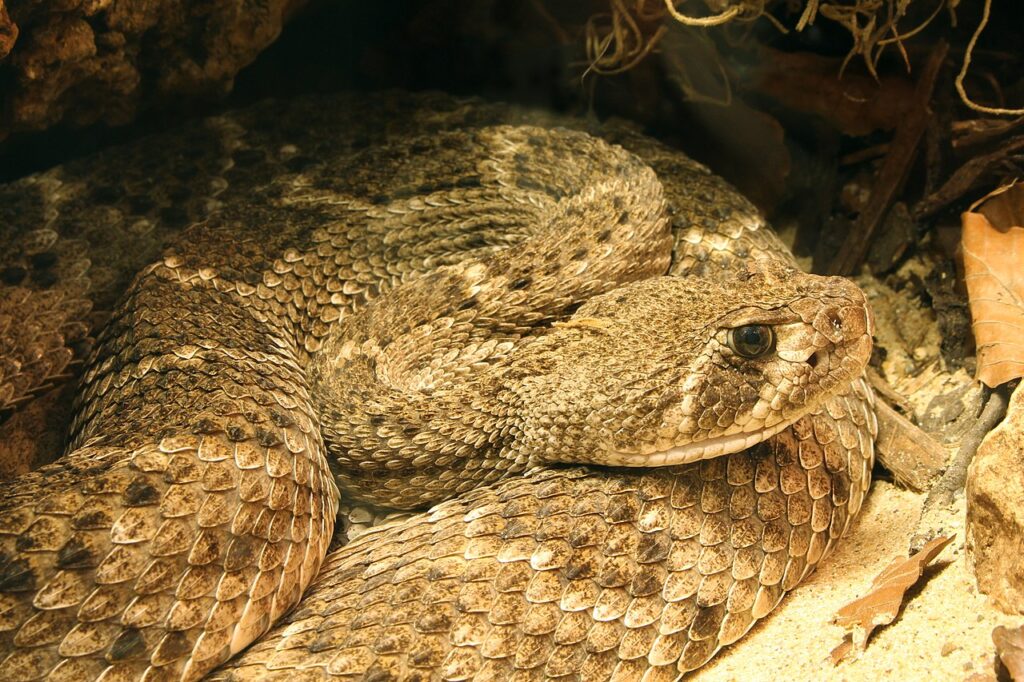
Rocks possess unique thermal properties that make them ideal natural heat sources for snakes. With high thermal mass, rocks absorb solar radiation during daylight hours and release this heat slowly as environmental temperatures drop. This heat retention property creates what ecologists sometimes call “thermal batteries” in the landscape – objects that store warmth beyond sunset and into cooler periods. Different rock types exhibit varying thermal characteristics, with darker rocks typically absorbing more heat than lighter-colored ones. The size of the rock also matters significantly; larger rocks maintain consistent temperatures longer than smaller ones, creating reliable warm spots in the environment. This natural phenomenon provides snakes with crucial warmth sources when other options are unavailable or insufficient.
Species That Commonly Display Rock-Coiling Behavior
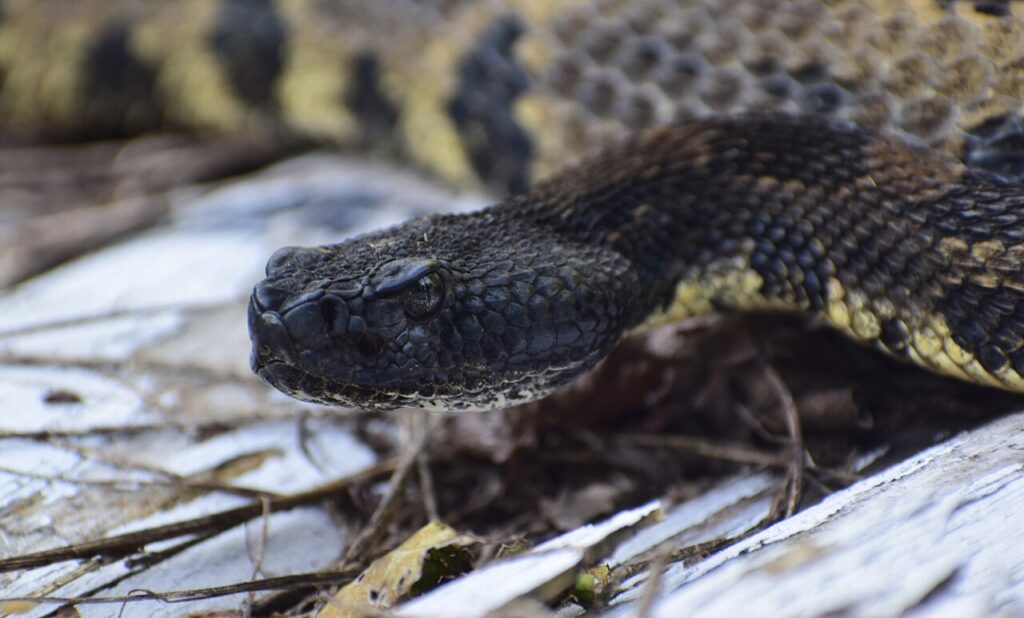
While many snake species opportunistically use rocks for warmth, certain species have become particularly associated with this behavior due to their habitat preferences and thermal needs. Rattlesnakes, including the timber rattlesnake (Crotalus horridus) and western diamondback (Crotalus atrox), are frequently observed coiling around rocks in their natural habitats. Garter snakes (Thamnophis spp.) are another group commonly seen utilizing this behavior, especially in cooler northern regions of their range. In arid environments, many desert-dwelling species like the gopher snake (Pituophis catenifer) and various kingsnake species (Lampropeltis spp.) rely heavily on rock-based thermoregulation. The widespread nature of this behavior across taxonomically diverse snake groups suggests its fundamental importance as an evolutionary adaptation for reptilian survival.
The Perfect Coil: Maximizing Heat Absorption
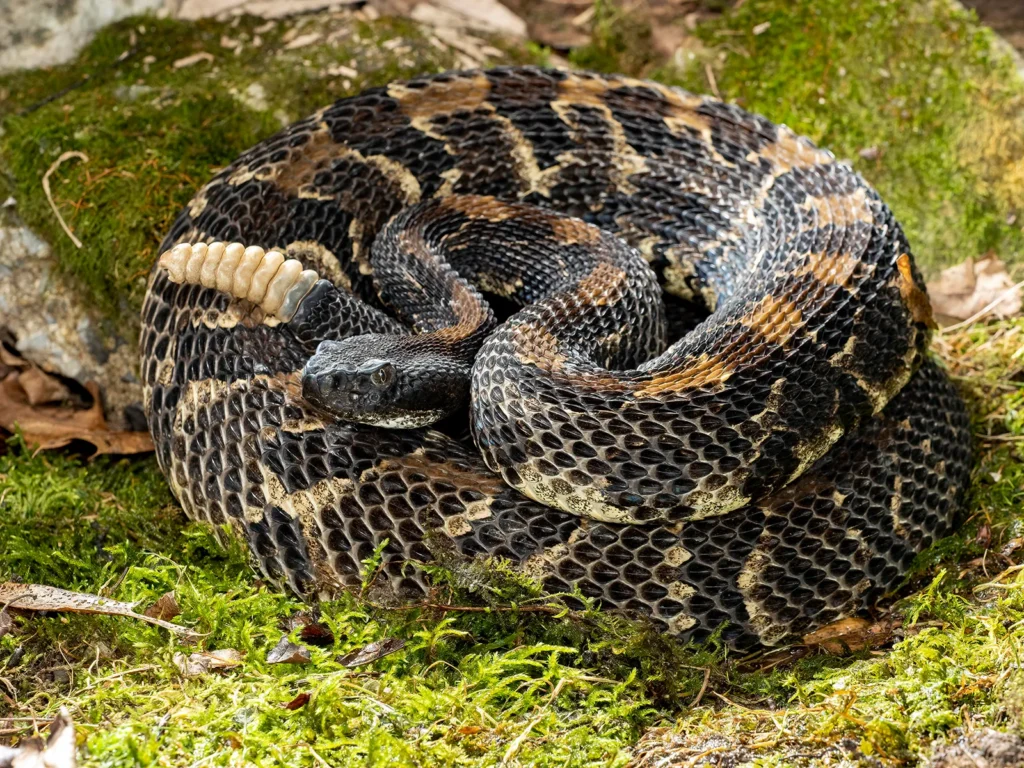
When a snake coils around a warm rock, its positioning is far from random—it’s a precisely calibrated behavior designed to maximize heat transfer from the rock to the snake’s body. By adopting a tight, layered coil formation, the snake creates multiple points of contact between its body and the warm surface while minimizing exposure to cooler air. The snake typically positions its vital organs against the warmest part of the rock, ensuring that critical internal systems receive priority heating. Some species even adjust their coil tightness throughout the day, loosening to prevent overheating during peak temperatures and tightening as temperatures fall. This fine-tuned control allows snakes to maintain surprisingly precise body temperatures despite their ectothermic nature.
Seasonal Variations in Rock-Coiling Behavior
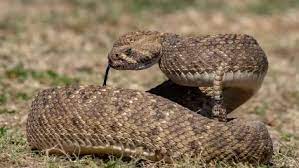
The frequency and duration of rock-coiling behavior change dramatically across seasons, reflecting the changing thermal challenges snakes face throughout the year. During spring emergence from hibernation (or brumation), rock-coiling becomes particularly crucial as snakes need to rapidly warm their bodies after months of metabolic dormancy. The behavior reaches peak importance during transitional seasons like early spring and late fall when daily temperature fluctuations are most extreme. In mid-summer, some species may avoid exposed rocks during daylight hours to prevent dangerous overheating, instead seeking them out during cooler morning or evening periods. Winter presents the most extreme thermal challenge, with some species in temperate regions abandoning surface activities entirely in favor of deeper hibernation sites where temperatures remain more stable.
Rock-Coiling as a Communal Activity

In certain circumstances, rock-coiling transforms from an individual behavior into a communal activity that provides social and survival benefits beyond simple heat acquisition. Multiple snakes of the same species may share particularly favorable rocks, creating fascinating aggregations that can sometimes number dozens of individuals. These gatherings often occur at hibernation emergence sites where suitable basking opportunities are limited but critically important. Beyond thermal benefits, these aggregations may offer additional advantages, including increased protection from predators through safety in numbers, potential mating opportunities, and even social learning. Some research suggests these communal basking events may facilitate information exchange about food sources, predator threats, or other environmental factors important to survival.
The Rock-Snake Temperature Differential
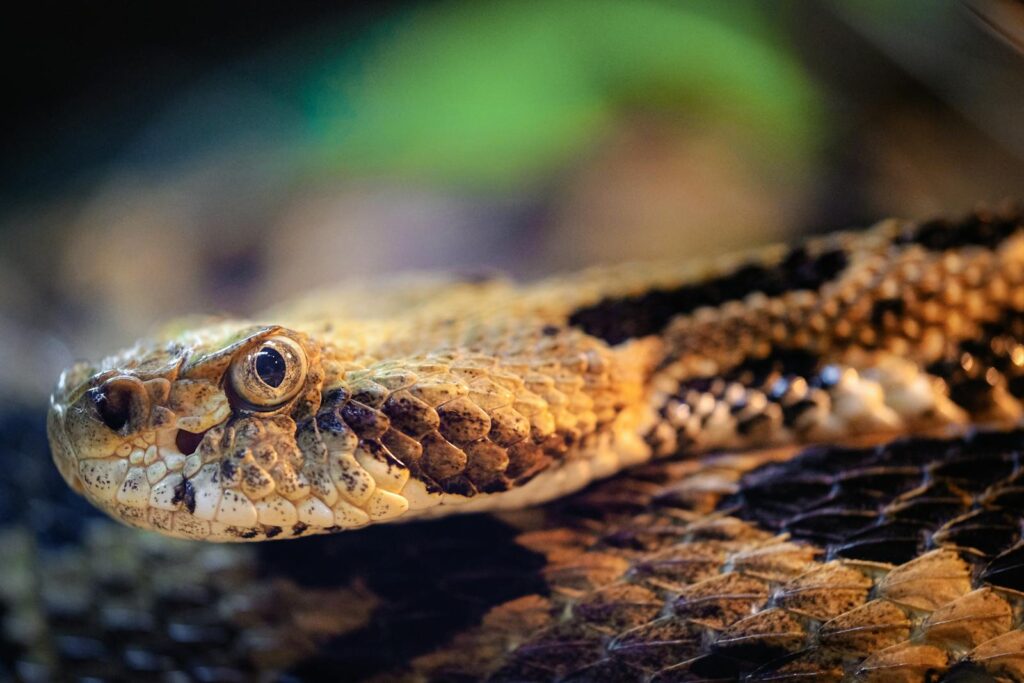
The effectiveness of rock-coiling as a warming strategy depends largely on the temperature differential between the rock and the snake’s body. The greater this difference, the more rapidly heat transfers to the snake’s tissues through conduction. In optimal conditions, a sun-warmed rock might reach temperatures 10-15°C (18-27°F) higher than the surrounding air, creating an extremely efficient heating opportunity for a cold snake. This temperature gradient allows snakes to warm up significantly faster than they would through air exposure alone. The physics of this heat transfer explains why snakes often seem to “appear” suddenly in rocky areas that seemed empty earlier—they move quickly to exploit these thermal resources when conditions become favorable.
Rock-Coiling and Hunting Strategy

Beyond basic temperature regulation, rock-coiling behavior directly influences a snake’s hunting capabilities and overall predatory strategy. A warmer body temperature enhances a snake’s muscular performance, reaction time, strike speed, and digestive efficiency—all critical factors for successful hunting. Some ambush predators like rattlesnakes strategically position themselves near rocks that will provide warmth during cooler hunting periods, allowing them to maintain optimal performance while waiting for prey. After a successful meal, many snakes seek out warm rocks to accelerate their digestive processes, as higher body temperatures significantly increase the speed and efficiency of digestion. This temperature-dependent digestion means the difference between processing a meal in days versus weeks, a crucial survival advantage in unpredictable environments.
The Dangers of Rock-Coiling Behavior
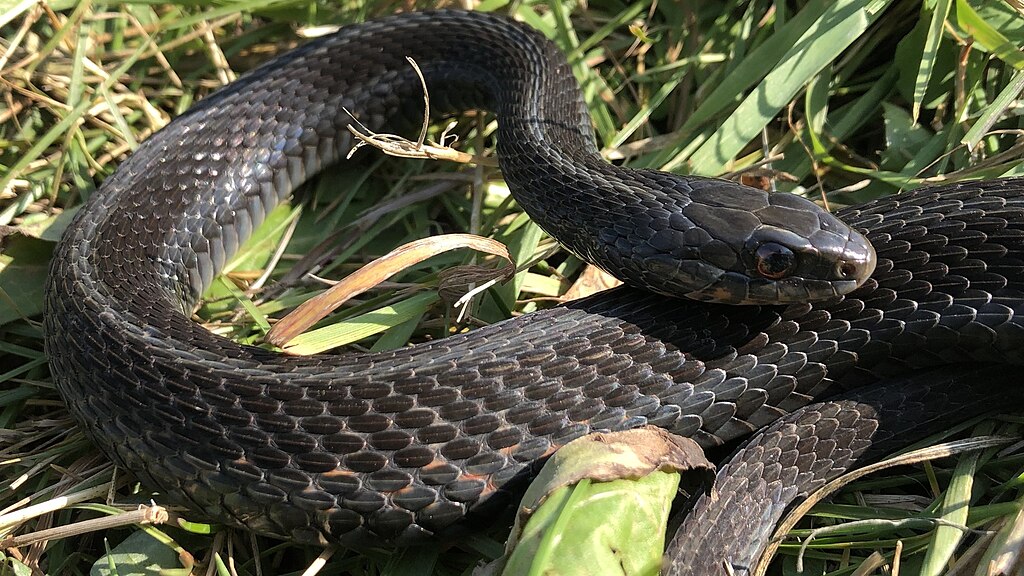
While rock-coiling provides vital thermal benefits, this behavior is not without significant risks to the snake. The exposed positioning required for effective basking makes snakes more visible and vulnerable to predators like birds of prey, mammalian carnivores, and larger reptiles. Human encounters also increase when snakes use rocks near trails or recreational areas, leading to potential persecution or harassment. An additional risk comes from the snake’s compromised mobility while in a heating state—cooler body temperatures mean slower escape responses if a threat appears before adequate warming occurs. Some snakes mitigate these risks by selecting basking sites with quick escape routes or positioning themselves where only a portion of their body receives direct exposure while the rest remains protected.
Rock-Coiling in Different Habitats
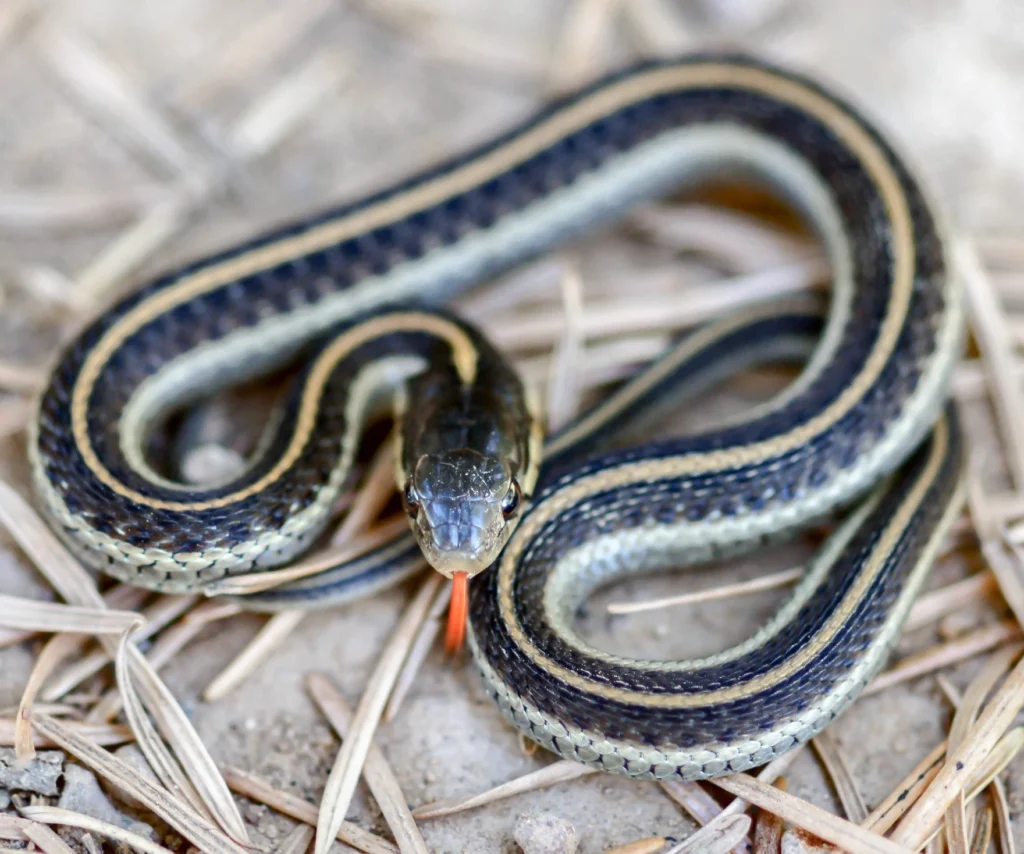
The specific manifestation of rock-coiling behavior varies substantially across different habitats, with snakes adapting this general strategy to their particular environmental context. In desert environments, snakes may utilize rock-coiling primarily during morning and evening hours while seeking underground refuge during the scorching midday heat. Mountain-dwelling species often exploit south-facing rock formations that receive maximum solar exposure in otherwise cool alpine environments. In temperate forests, snakes target rocks in clearings or along forest edges where sunlight penetrates the canopy. Coastal species may use tide-washed rocks that retain heat even when air temperatures drop with incoming marine air. This behavioral plasticity demonstrates how a single thermoregulatory strategy can be adapted across remarkably diverse ecosystems.
Conservation Implications of Rock Microhabitats
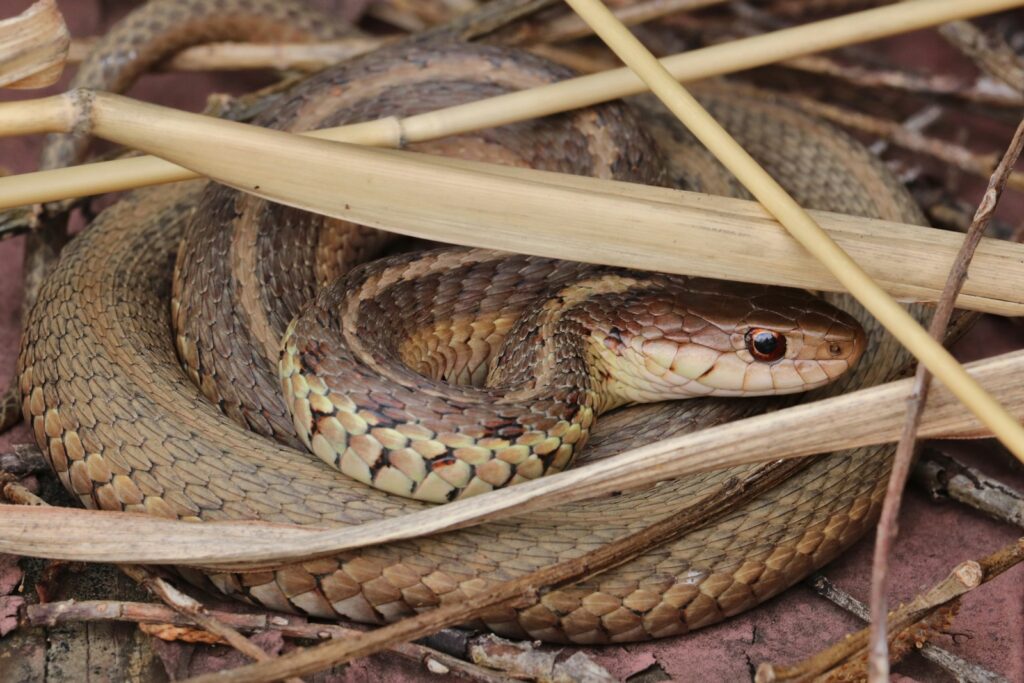
on brown wooden sticks. Photo by Aaron Fernando via WordPress Instant Unsplash Images.
The critical importance of suitable rock microhabitats for many snake species carries significant conservation implications in our rapidly changing world. Habitat destruction, rock collection for landscaping, and recreational activities like rock climbing can all reduce or degrade these essential thermal resources. Climate change presents an additional challenge by altering traditional temperature patterns that snakes have evolved to exploit. Conservation efforts increasingly recognize the need to protect not just general habitat types but these specific microhabitat features that support critical behaviors like thermoregulation. Some restoration projects now explicitly include the strategic placement of rock formations to provide thermal opportunities for native reptile species. Understanding the nuanced relationship between snakes and their rock microhabitats is proving essential for effective conservation planning in many ecosystems.
Studying Rock-Coiling Behavior in Science
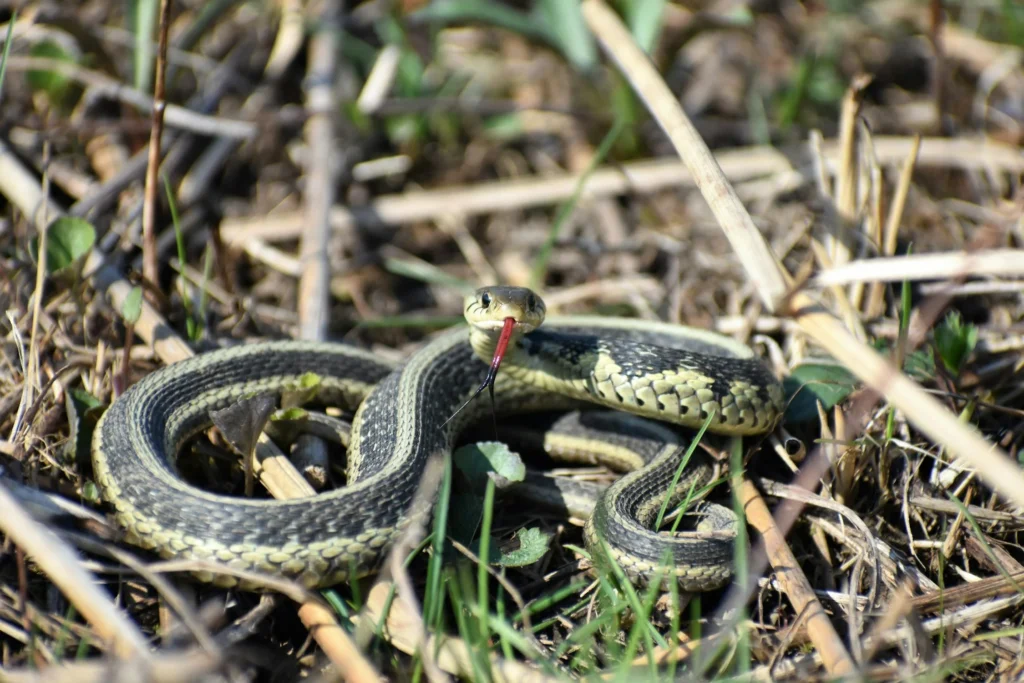
Scientific research on rock-coiling behavior has evolved significantly with the development of new technologies and research approaches. Modern studies employ thermal imaging cameras to precisely track heat transfer between rocks and snake bodies without disturbing natural behavior. Miniaturized temperature loggers surgically implanted in snakes allow researchers to collect continuous body temperature data as the animals move through their environment and engage with various heat sources. Laboratory studies using controlled thermal gradients help isolate specific aspects of temperature preference and thermoregulatory behavior. These research tools are helping scientists understand the remarkable precision with which snakes regulate their body temperature, often maintaining thermal preferences within 1-2°C of their physiological optimum despite dramatic environmental fluctuations. This growing body of research continues to reveal the sophisticated ways snakes interact with their thermal environment.
Rock-Coiling in the Evolutionary Timeline
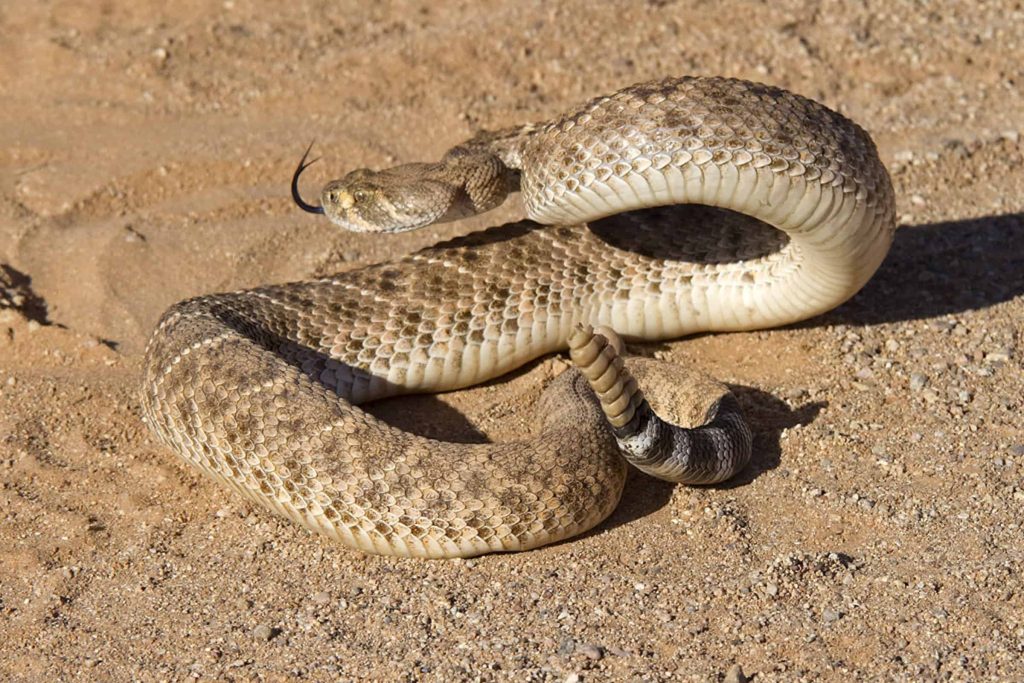
The behavior of coiling around rocks for warmth represents an ancient adaptation that has likely been part of snake biology for millions of years. Paleontological evidence suggests that early snake ancestors were already exploiting thermal microhabitats similar to those used by modern species. The transition from the more bulky bodies of lizard ancestors to the elongated form of snakes may have enhanced their ability to effectively coil around heat sources. This thermoregulatory strategy has persisted through dramatic climate shifts, continental movements, and ecosystem changes, highlighting its fundamental importance to snake survival. The behavior’s persistence across evolutionarily distant snake lineages suggests it emerged early in snake evolution and has been repeatedly refined through natural selection. Rock-coiling stands as a testament to the elegant simplicity of some of nature’s most successful adaptations.
Human Observations and Cultural Significance
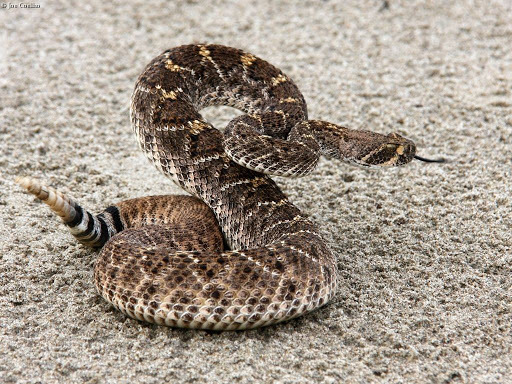
Throughout human history, the sight of snakes coiled around sun-warmed rocks has captured attention and influenced cultural perceptions of these remarkable reptiles. Many indigenous cultures incorporated observations of this behavior into their understanding of snake natural history and mythology. Early naturalists documented the behavior in their field journals, often with detailed observations about timing, positioning, and species-specific variations. In some spiritual traditions, the image of a coiled snake absorbing the sun’s energy became a powerful symbol representing transformation, patience, or the cyclical nature of life. Today, wildlife photographers frequently capture this behavior, creating striking images that help educate the public about snake ecology. These human observations and interpretations of rock-coiling behavior demonstrate how even seemingly simple animal behaviors can develop rich cultural and scientific significance.
The fascinating adaptation of snakes coiling around rocks for warmth exemplifies the remarkable ways wildlife has evolved to overcome environmental challenges. This behavior demonstrates the intricate relationship between physical environment and biological necessity, highlighting how even seemingly simple actions can represent sophisticated survival strategies refined over millions of years of evolution. As our understanding of snake thermoregulation continues to develop, we gain not only scientific knowledge but also a deeper appreciation for the elegant solutions that have allowed these remarkable reptiles to thrive across diverse habitats worldwide. In the complex tapestry of nature’s adaptations, the snake’s relationship with sun-warmed rocks stands as a perfect example of how life finds ingenious ways to harness its environment for survival.

